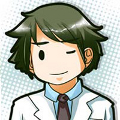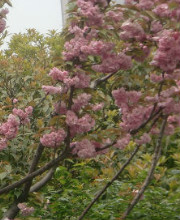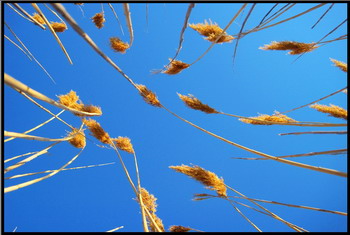| 图片: | |
|---|---|
| 名称: | |
| 描述: | |
- 双侧卵巢肿瘤
My top differential diagnosis is "Gonadoblastoma with dysgerminoma overgrown", based on histopathology, patient's age, bilaterality and abnormal hormone phenotype. But there are much more I need to know before rendering appropriate diagnosis. I would like to know the following information if you can provide: 1) Size of tumor on each side; 2) Is this tumor homogenous just like what you provided microphotographically? In another word, I would like to see low power photos of areas with different morphology, such as sharply delineated nests with dense fibrosis, focal calcification and so on, so forth.
3) Did clinically AFP to rule out yolk sac tumor, although it is less likely based on photos here. I am thinking of that because ganadoblastoma is mostly benign clinically and yolk sac tumor is aggressive one and should be ruled out even the chance is very low here.
As we all know, ganadoblastoma is composed of two elements, primitive germ cells resembling those of dysgerminoma and sex cord-stromal cells resembling immature Sertoli or granulosa cells. Each one of these two components can be predominant in any given ganadoblastoma. When germ cells dominate, it just look like a dysgerminoma. Since this is just a biopsy specimen, not resected tumor, we have no idea how much each component attributing to this tumor. The hormonal production is usually derived from sex cord-stromal element of the tumor, even it is a small portion. Pathologists should sample the tumor thoroughly and more diligently searching sex cord-stromal elements in those fibrous stromal bands. Grossly, most ganadoblastoma are rather small. It can be very big in size when dysgeminomatous component overgrowth. In contrast, dysgerminoma is often big in size. Bilaterality is rather common in ganadoblastoma (30-50% in literatures), compared about 5-15% in dysgerminoma.

- 不坠青云之志,长怀赤子之心



















